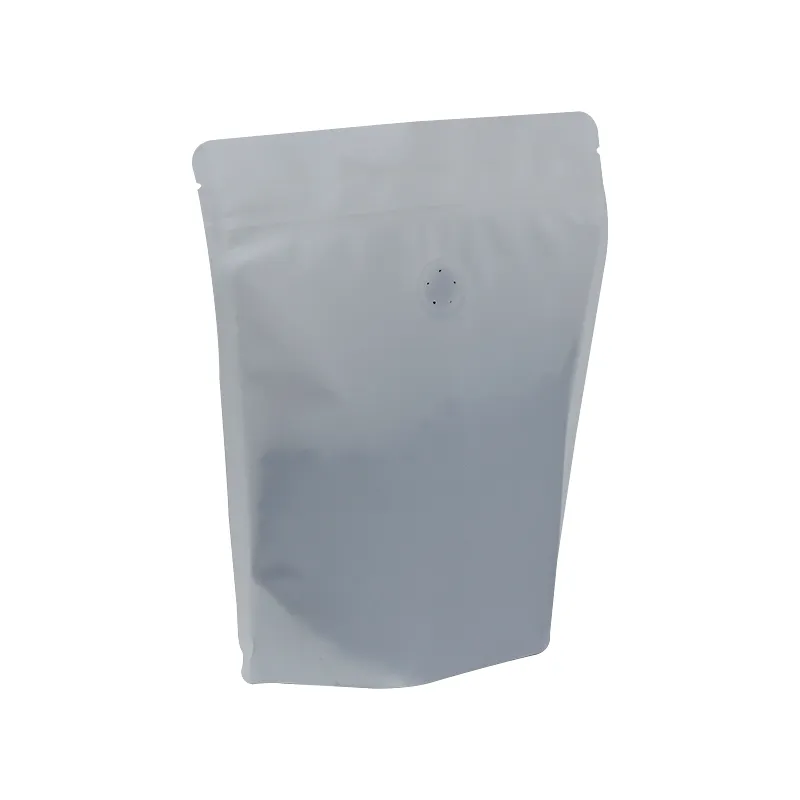- Afrikaans
- Albanian
- Amharic
- Arabic
- Armenian
- Azerbaijani
- Basque
- Belarusian
- Bengali
- Bosnian
- Bulgarian
- Catalan
- Cebuano
- chinese_simplified
- chinese_traditional
- Corsican
- Croatian
- Czech
- Danish
- Dutch
- English
- Esperanto
- Estonian
- Finnish
- French
- Frisian
- Galician
- Georgian
- German
- Greek
- Gujarati
- haitian_creole
- hausa
- hawaiian
- Hebrew
- Hindi
- Miao
- Hungarian
- Icelandic
- igbo
- Indonesian
- irish
- Italian
- Japanese
- Javanese
- Kannada
- kazakh
- Khmer
- Rwandese
- Korean
- Kurdish
- Kyrgyz
- Lao
- Latin
- Latvian
- Lithuanian
- Luxembourgish
- Macedonian
- Malgashi
- Malay
- Malayalam
- Maltese
- Maori
- Marathi
- Mongolian
- Myanmar
- Nepali
- Norwegian
- Norwegian
- Occitan
- Pashto
- Persian
- Polish
- Portuguese
- Punjabi
- Romanian
- Russian
- Samoan
- scottish-gaelic
- Serbian
- Sesotho
- Shona
- Sindhi
- Sinhala
- Slovak
- Slovenian
- Somali
- Spanish
- Sundanese
- Swahili
- Swedish
- Tagalog
- Tajik
- Tamil
- Tatar
- Telugu
- Thai
- Turkish
- Turkmen
- Ukrainian
- Urdu
- Uighur
- Uzbek
- Vietnamese
- Welsh
- Bantu
- Yiddish
- Yoruba
- Zulu
what are boxes made out of
What Are Boxes Made Out Of?
Boxes are an integral part of our daily lives, serving various functions, from transportation to storage. But have you ever stopped to think about what materials these boxes are made from? The composition of boxes can vary significantly depending on their intended use, durability requirements, and environmental considerations. In this article, we will explore the various materials used to create boxes, emphasizing their properties, advantages, and applications.
Cardboard
One of the most common materials used for box production is cardboard. Cardboard is a lightweight, durable material made from recycled paper fibers. Its structure typically consists of three layers two outer liners and a fluted middle layer. This design provides strength while remaining lightweight, making cardboard boxes ideal for shipping and storage.
Cardboard boxes are not only economical but also versatile. They can be easily printed on for branding purposes, making them popular for retail packaging. Furthermore, they can be easily folded, allowing for efficient storage and transportation when not in use. The recycling process for cardboard is also relatively straightforward, contributing to their widespread use as an environmentally friendly packaging option.
Corrugated Fiberboard
A step up from traditional cardboard is corrugated fiberboard, which contains additional layers that provide enhanced strength and rigidity. The construction of corrugated boxes includes a layer of flute sandwiched between two liners. This design makes them particularly effective for shipping heavier items and supplies excellent protection during transit.
Corrugated boxes are prevalent in the shipping industry, and their ability to be stacked without compromising structural integrity is a significant advantage. They’re often used for large items or multiple smaller products, and because they can also be made from recycled materials, they are considered a sustainable option.
Plastic
Plastic boxes are another alternative gaining popularity, especially in specific industries. These boxes are typically made from high-density polyethylene (HDPE) or polypropylene (PP), both of which are known for their durability and resistance to moisture. Plastic boxes can be molded into various shapes and sizes, making them suitable for many applications, including food storage and industrial use.
what are boxes made out of

The non-porous surface of plastic boxes makes them easy to clean, a crucial factor in industries like food production and pharmaceuticals. However, the environmental impact of plastic is a significant concern. Even though many plastic boxes can be reused and recycled, the prevalence of plastic waste in oceans and landfills has led to increased scrutiny and efforts to develop biodegradable alternatives.
Wood
Wooden boxes offer a unique aesthetic and exceptional strength, making them popular for both storage and decorative purposes. Often used in the shipping of delicate items, wooden boxes provide ample protection due to their sturdy nature. These boxes are frequently used for packaging wine, artisan goods, and antiques.
While wooden boxes can be expensive compared to their cardboard counterparts, their durability and reusability often justify the cost. Additionally, wood is a renewable resource, provided it is sourced sustainably. Many artisans also create decorative wooden boxes, showcasing craftsmanship while serving practical functions.
Metal
Metal boxes, often made from aluminum or steel, are used in specific sectors requiring high durability and protection against the elements. These boxes are common in industrial settings, where they may house tools and equipment, as well as in shipping goods that require extra security. Metal boxes can withstand extreme conditions, making them suitable for outdoor use and long-term storage.
While metal boxes offer high levels of protection and durability, they are typically heavier and more expensive than boxes made from other materials. However, their longevity often makes them a worthy investment.
Conclusion
Boxes are made from a variety of materials, each chosen based on the specific requirements of their intended use. From the lightweight and recyclable cardboard to the sturdy and durable metals, understanding what boxes are made of helps consumers and businesses make informed choices. As society moves toward more sustainable practices, the trend toward recyclable and biodegradable materials continues to grow. Whether for shipping goods, storing personal items, or displaying products, understanding the types of boxes and their materials can lead to more environmentally friendly choices and more efficient packaging solutions.













